The following is an excerpt from “Saving Vincent” (She Writes Press, April 15, 2025), which tells the untold story of the woman who saved Vincent van Gogh’s art after his death, thoughtfully marketing his works and turning his once-failed career into one of art history’s biggest successes. “Saving Vincent” has been hailed as “intense, vibrant, and deeply moving” (Publishers Weekly’s BookLife) as well as an “unforgettable portrait of resilience and passion” (Readers’ Favorite).
“Saving Vincent” Excerpt
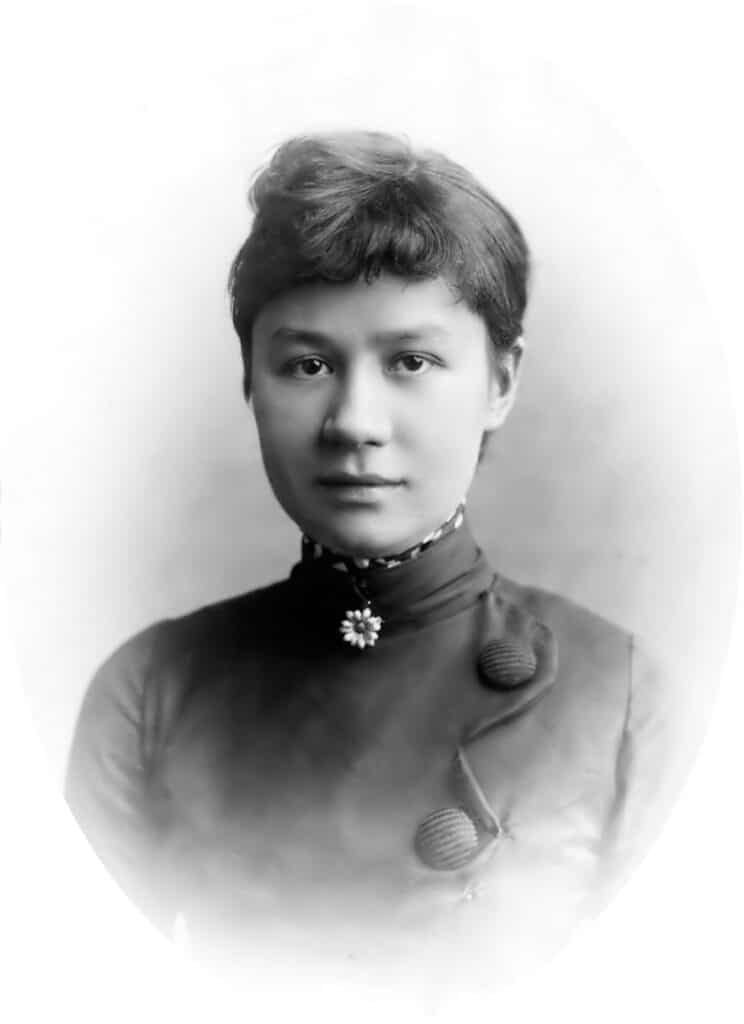
Fatigue swept through Jo. Anna didn’t get it. If Jo was looking foolish, it wasn’t all her fault. She was being kept in the dark.
Her sale was not accidental.
“Anna, there’s more to it. Director Maus came up with the idea to do the museum show because of the interest I created in Vincent’s drawings in the Vingt show last fall. The Vingt group prides itself in being advocates for modern art. Vincent’s drawings created a stir for them.”
“I don’t understand.”
“Vincent’s work cast a positive light on the Vingt group. The drawings I sent reflected the modern art image they want to convey. I helped them; they want to help me. It’s reciprocal.”
“But it’s not you, dear. Jan explained it all to me. It’s business.” Anna tilted her head sympathetically. “You can’t be doing this. Besides, this sale must be sentimental. Vincent’s work is vulgar. Jan says so. Other artists may tolerate him. Not art collectors.”
“Vulgar?” Theo had hated that word. Jo’s heart started to race. “Other artists didn’t tolerate Vincent, Anna. He was known among artists. Many admired him. I’m trying to get others to admire him too.”
“You?”
“I’m getting other people’s names connected to Vincent’s art. Respectable people.”
“You’re speaking in riddles.”
“I asked Director Maus if he would include two paintings I gave to Doctor van Eeden in the Vingt museum show.”
“Frederick van Eeden? Our neighbor?”
Jo nodded. “He was so wonderful taking care of Theo that I gave him a painting called The Sower and an ink drawing of a country road bordered by trees. Actually, the road in front of this house reminded me of that drawing.”
Anna bit her lip.
Encouraged, Jo continued, “Doctor van Eeden loaned them to the museum exhibit. When people read in the exhibit catalog that a doctor owned Vincent’s painting, I hoped buyers might give Vincent a second look.” Jo couldn’t help but smile. The simple idea had come to her so easily, like a bud easing into a blossom.
Looking dubious, Anna said, “You’re saying that Vincent having a private collector would make him more appealing?” She separated Vincentje and Saskia’s squabble over a twig and then turned back to Jo, a new light in her eyes. “Like a child who wants a toy because another one has it.”
Relieved, Jo hugged Anna’s shoulders. “Exactly!”
Anna pulled away. “But you gave away the paintings, Jo. Isn’t it dishonest to call the doctor a collector?”
Jo shook her head, sobering at the memory of her last conversation with the doctor. “I don’t think so. He was fond of Theo and tried so hard to help him. He got an inkling of Theo’s devotion to Vincent before Theo became . . . confused.” Jo swallowed, willing herself to push away her last image of Theo’s angry blank face, then continued, “I wanted to show the doctor my thanks in some way. Besides, it makes me happy to think of Vincent’s paintings being with people who love them. And he’s not the only one.”
Shrugging a shoulder, she recalled, “Let’s see. I’ve given Director Maus a beautiful painting of fishing boats Vincent painted in Les Saintes-Maries-de-la-Mer. I also sent him the portrait Vincent did of Eugène Boch to give to him. Monsieur Boch loved Vincent. He traveled all the way out to the museum in Brussels to see the exhibit and asked the director about his portrait. Director Maus agreed to find Monsieur Boch in Paris and give it to him.” Jo smiled to herself. The skinny poet would treasure it. He was the type of collector she’d love to have own Vincent’s work.
“Whoever is feeding you these ideas is wrong. It sounds like you’re giving away Vincentje’s inheritance piece by piece.”
“Absolutely not. These gifts will make a difference in the long run. Each person has agreed to loan their paintings to exhibits if I ask them to.”
“Then they’re not exactly gifts, are they? You want to take the paintings back?”
“They are gifts. Private collectors own the paintings now. I guess it’s more accurate to say that the gifts are an investment for me. I’m banking on the idea that private collectors will help create sales in the future.”
“Jan was right. You are one of Vincent’s greatest admirers.”
“Anna!”
“It’s a compliment from me! Theo would be proud of you. Of course, if he were here—”
“I wouldn’t be doing any of this.” Jo swallowed back a lump in her throat. Where had her outburst on art collectors come from? Sometimes she didn’t know herself at all. Remorse flooded her. Poor Anna had put up with her tongue-lashing. “I’m sorry, Anna. It’s . . . it’s up to me now. I need Vincentje’s inheritance to amount to more than a mountain of sentimental keepsakes. That’s all.”
Anna snatched the newspaper and wadded it up. “You know what we Dutch like to say: ‘The nail that sticks up gets knocked down.’ I don’t want you hurt.”
Note: This excerpt is shared by permission of the author & publisher.
More about the book “Saving Vincent”
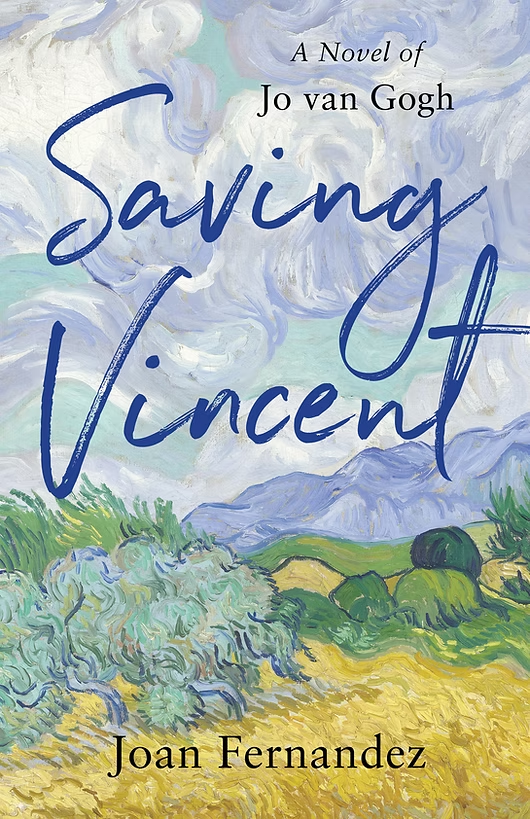
Joan Fernandez’s novel “Saving Vincent” (She Writes Press, April 15, 2025) is inspired by the true story of a woman overshadowed in history by the giant talent she saved: Vincent van Gogh.
How did a failed belligerent Dutch painter become one of the greatest artists of our time?
In 1891, timid Jo van Gogh Bonger lives safely in the background of her art dealer husband Theo’s passion for selling the work of unknown artists, especially his ill-fated dead brother, Vincent. When Theo dies unexpectedly, Jo’s brief happiness is shattered. Her inheritance—hundreds of unsold paintings by Vincent—is worthless. Pressured to move to her parents’ home, Jo defies tradition, instead choosing to open a boarding house, raise her infant son alone, and promote Vincent’s art herself. Her ingenuity and persistence draw the powerful opposition of a Parisian art dealer who vows to prevent her success, and so sink Vincent into obscurity. How will Jo overcome the forces working against her, and save herself along with Vincent?
About the Author: Joan Fernandez

Joan Fernandez is a novelist who brings to light courageous women’s brilliant deeds in history. She is a former senior marketing executive and general partner of the financial powerhouse Edward Jones. In 2018, she retired from a 30+ year career to be a full-time writer. Since leaving the corporate world, she’s become a member of the Historical Novel Society, the Author’s Guild, and the Women’s Fiction Writers Association (WFWA). In April 2020, she founded a Historical Fiction affinity group within WFWA that grew from a handful of people to nearly two hundred authors. Her short story, “A Parisian Daughter,” was published in the American Writing Award-winning anthology, “Feisty Deeds: Historical Fictions of Daring Women.” Joan’s debut novel, “Saving Vincent” (She Writes Press), was also recognized by the American Writing Awards, winning their 2024 art award.
Joan is a sought-after public speaker, recently presenting “Top 10 Secrets for Forming a Vibrant, Lasting Author Community” at the Historical Novel Society UK Conference in May 2024. She also presented “How to Portray the Past Truthfully without Harm” at the Tenth Anniversary Conference for WFWA in September 2023.
Additional memberships include the Missouri Writers Guild, Unite Against Book Bans, Right to Read Coalition and PEN America.
Joan calls both St. Louis, Missouri and Sedona, Arizona, home, where she enjoys foodie meals with her Cuban husband and antics with grandkids.
Learn more about her life and work at: www.joanfernandezauthor.com
Follow Joan Fernandez on social media: Facebook: @joanferndzauthor | Instagram: @joanfernandezauthor
An Interview with Joan Fernandez
- Why did you want to write about Jo van Gogh, and how did you discover her story?
I discovered Jo in 2016 when, on a girlfriend trip to Amsterdam, we visited the Van Gogh Museum. I spied Jo’s black-and-white photo on a small display about the Van Gogh family. When I read an accompanying note about her being the one to sell Vincent’s paintings, I remember staring into her eyes and thinking, “If not for you, none of this would be here.” It felt wrong that she’d been lost behind Vincent’s giant shadow. I felt she should be acknowledged.
- What was the writing process like for this book? How long did it take to write?
Truthfully, I wrote two manuscripts! In the first one I reimagined Jo’s life, filling in the gaps I couldn’t find with research. My manuscript was completely done and ready to begin pitching to agents when a new biography was released about Jo by the Van Gogh Museum. I’d just spent two years learning writing craft, hiring book coaches and editors, and now had to decide whether to go ahead to publish this first version or to toss it and start over. I chose to begin again. When my book is published, it will be seven years.
- What is the most surprising thing you learned from this story?
Van Gogh is beloved worldwide, so we all know that Jo was ultimately successful. Yet, I am still awestruck by her conviction that Vincent’s artwork was worthy of greatness when so many told her she was wrong. Her conviction gave her the resilience to reach her true potential, which in turn drove the paintings’ value from worthless to priceless.
- Tell us about Georges Raulf. Is he a real historical figure? How did you write his character and why?
In real life Jo did not have a singular enemy, but rather lots of pushback from a number of forces. It was fun to create Georges Raulf as a composite of this headwind and also reflect the time’s political crosswinds and shaky, gradual acceptance of modern art. He reflects a patriarchal worldview, offended by Jo’s meddling in a man’s art-dealing world, but I also fleshed him out so that he’s not simply a caricature but has a human story behind his awfulness.
- What are the ethics of writing about historical figures? Can you write about the past without doing harm?
Start with research, events and people in your subject’s life, and read your character’s diaries or journals, if possible. I read the 101-letter correspondence between Jo and her husband Theo, and 902 letters from and to Vincent. I believe you should write without the intent to harm, but rather to understand. If writing about heinous and violent historical events, avoid egregious details and show at least a few character’s faces, reactions and thoughts that they’re repulsed. Even this small signal of empathy goes a long way toward ensuring you don’t injure today’s reader.
- Why do you call this book a historical fiction parable?
Parables are stories that illustrate a larger universal truth. My rendition of Jo’s story comes to life in fictional conversations and thoughts; yet, I feel that her example of how to overcome the societal norms that stand in the way of living up to one’s true potential reflects universal truth. Both Jo and Vincent van Gogh’s lives are enormously inspiring by their examples of resilience and staying true to their gifts despite opposition from the status quo.
- What do you hope readers will take away from Jo’s story?
I hope they remember and know Jo’s name! She has been lost in history for far too long. She deserves the credit for Vincent being a beloved artist worldwide. I hope readers will feel empowered by her example of what can be accomplished with determination and perseverance and so pursue striving to realize their full potential.
Keri is a blogger and digital marketing professional who founded Amazing Women In History in 2011.

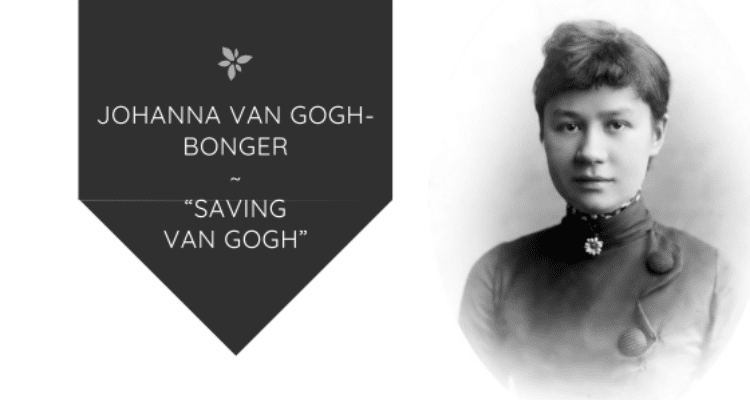
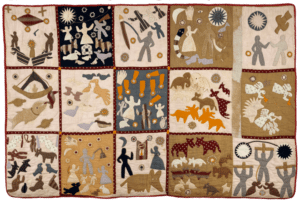

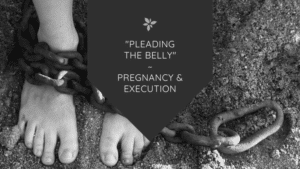

Leave a Reply